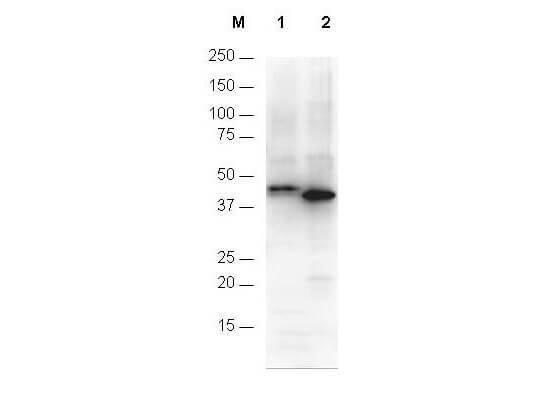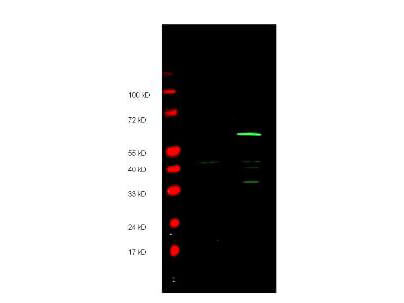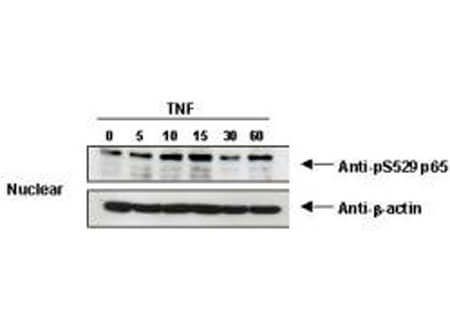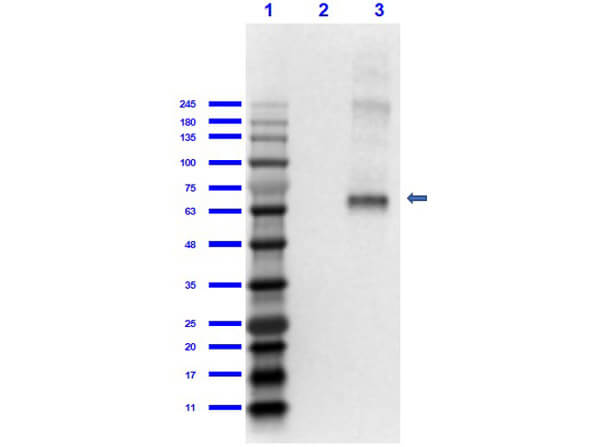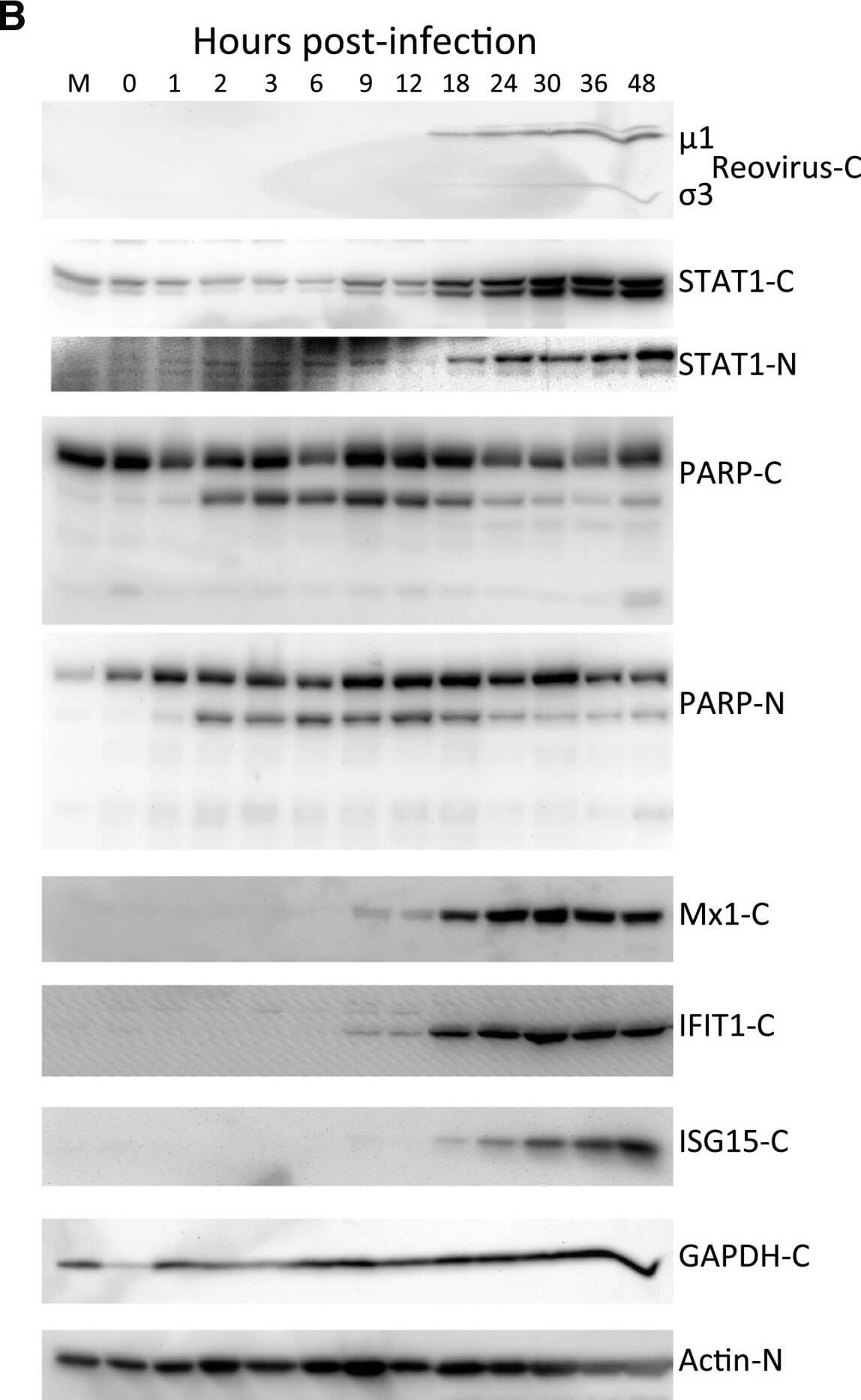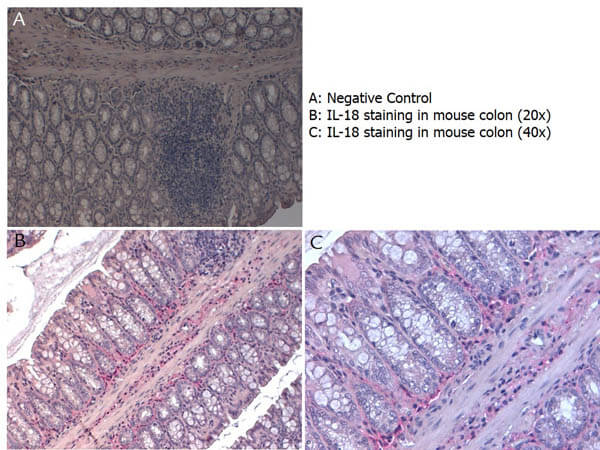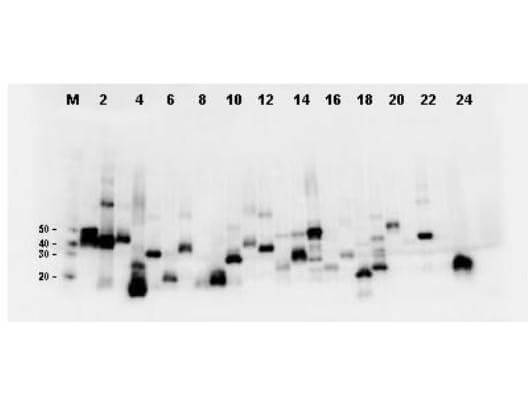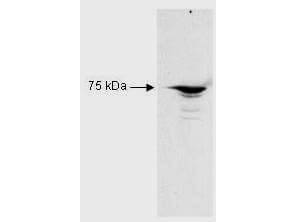Immunology
Rockland's Immunology Antibodies category is dedicated to enhancing research in the immune system and infectious diseases. Our comprehensive selection encompasses primary antibodies targeting critical immunology areas such as cell surface markers, cytokines (including interferon gamma), T cell receptors, MHC molecules, and their protein partners. Designed to support the advancement of immunotherapy, autoimmune diseases, and immuno-oncology research, our antibodies are meticulously produced to meet the highest scientific standards.
- Disease-specific research: Antibodies for Lyme disease, SARS, influenza, including monoclonal to H5N1
- Protein modification focus: Specific detection for phospho-specific and methylation-specific proteins
- Flow cytometry compatible: Fluorescence-conjugated options for cell surface protein detection
Product Categories
Applications
Reactivity
Host Species
Conjugation
Format
Post-Translational Modification
Sample Size
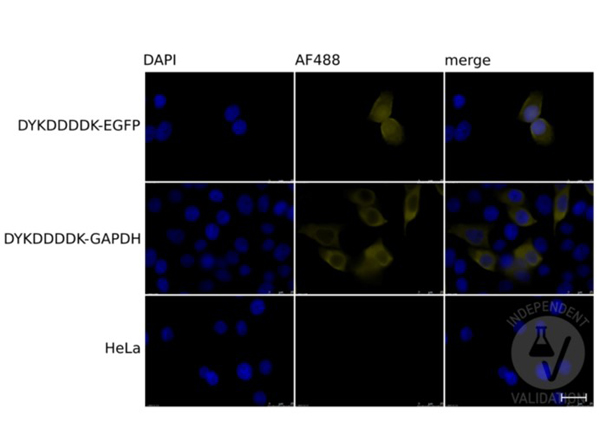
_antibody_1_IHC_4x3.jpg)
